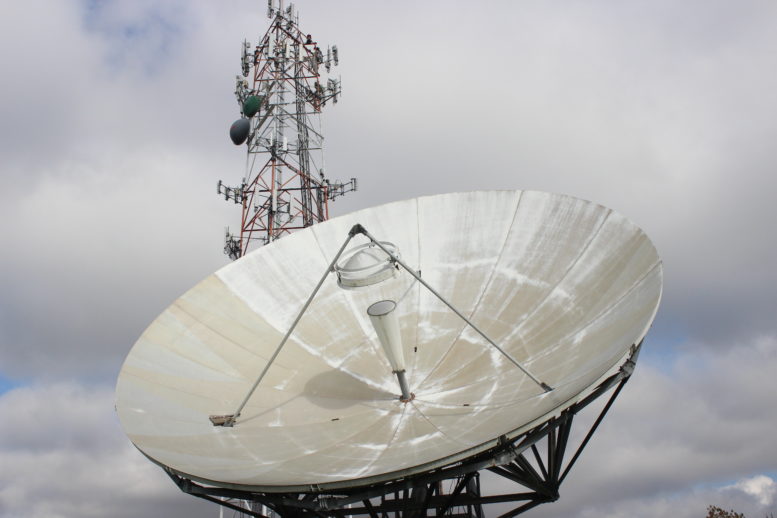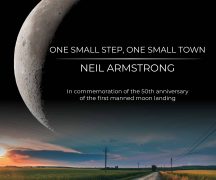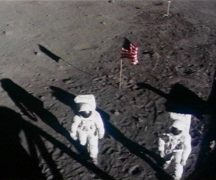By DAVID DUPONT
BG Independent News
The fate of WBGU-TV may be known by early spring. After more than a year, the Federal Communications Commission’s incentive auction of spectrum is drawing to a close.
The auction, which began last March, is nearing the end of its four-stage of bidding. This is expected to be the final stage. After that in about a month there will be another auction to determine what stations land where.
Only after that is completed will we know where stations, including WBGU-TV, will land.
In summer, 2015, officials at Bowling Green State University, which holds the WBGU’s license, announced they were considering participating in the process that is designed to reallocate broadcast spectrum for use by wireless companies. After a couple months of public forums, where the comments were overwhelmingly in favor of maintaining the station, the administration said it favored participating in the auction while still keeping the station on the air. That commitment to maintain WBGU was backed by the university’s trustees. That could mean the public TV station moving to the less desirable VHF part of the spectrum, or partnering with another station to share its spectrum.
Charles Meisch, Jr., a senior advisor to the Incentive Auction Task Force, said doing that has required the FCC to come up with a unique auction format.
The process started with each station being given an initial bid price. That was $188.4 million for WBGU. That would be a price if the station gave up its license, which the university has said it would not do. The price would be lower depending on where in the VHF spectrum the station ended up. And those are opening bids go down as the auction progresses.
Industry media have reported that there was less demand for the broadcast spectrum than anticipated.
Once the auction was underway, station representatives were not allowed to comment at all on the procedure, a stance recently reaffirmed by Dave Kielmeyer, chief marketing and communications officer, who as part of his position oversees WBGU.
Meisch said he could not comment activity for a specific station, but could talk about the process in general.
Each stage of the auction has involved two rounds. In one, the reverse auction, the FCC tried to find the lowest price at which stations would relinquish spectrum. In the forward auction it determines what carriers are interested in buying the spectrum acquired in the reverse auction.
Once the FCC determines that there is no more spectrum to be had in the top 40 markets, it moves onto the next stage. In the final stage the forward auction will continue until there is no spectrum demand in every single market, no matter how small.
It’s matter of finding balance between what broadcasters are willing to sell and what wireless carriers are willing to buy.
“It’s working exactly the way we expected,” Meisch said. “It’s doing what it’s supposed to do, whittling down the cost until we have equilibrium.”
The system was designed to go through multiple stages.
In the end, he said, the auction process needs to raise enough money to pay for itself. That includes any cost incurred by broadcast stations related to moving to a new channel. Any money raised beyond that, he said, will go toward federal deficit reduction.
As of Wednesday the auction proceeds were $18.5 billion.





